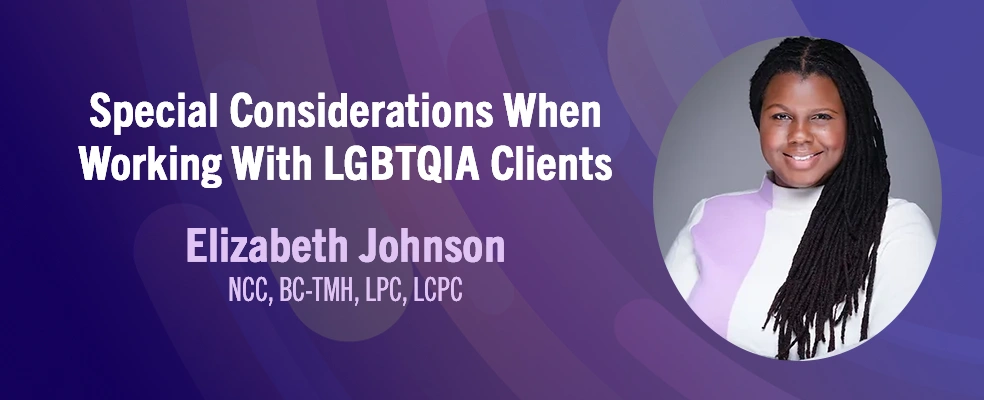Silenced
THE SHAME CODEX - A series of articles for individuals, families and clinicians who are working with abuse.
-----

Survivors of extreme abuse have almost certainly heard the same threat from their abusers; “Don’t tell anyone, or--” The punishment may vary, but is calculated to strike to the heart:- “I will hurt your pet…” “I will hurt your mother…” “I will hurt you!”
Many survivors have already lost the sense of a separate self who is capable of defiance, and “not telling” becomes a deeply rooted principle. Most find it easier to believe that they have done something wrong, that they are inherently “bad,” rather than a “victim.” For some, the word “victim” can be a trigger for both rage and resistance.
In psychotherapy, such clients may appear to co-operate freely in their treatment, to use the coping skills and relaxation techniques that afford some relief from emotional and physical symptoms; but at an ultimate level they may still hold to the command, “Don’t tell…” It is only

safe to tell the edge of the truth.
The Keeper of the Secrets
“Erika” is a biracial woman with a family history of inter-generational emotional, physical and sexual abuse.
She told her story as though it belonged to someone else in some other time. I came to know the parts she called her “inside family;” a lively and hopeful child self, another who was the pain bearer, a glimpse of an even younger part who carried the rage, a part without gender who was capable of study and organization, another part without a name whose job was to plan for death—the ultimate strike against the intolerable. There was a part acknowledged as the Core, a gentle, educated and spiritual woman who had not been active in the world for many years but ventured out as we worked together. All these and more not yet identified made up a system of personality deployment that is given the diagnosis of Dissociative Identity Disorder, F61.
We did the work of establishing a sense of internal safety; we contained and defused flashbacks and hallucinations. The work was frequently excruciating for us both, involving tales of almost unimaginable cruelty: we paced it carefully, but it seemed to have its own rhythm and logic. I was not surprised but I was dismayed when Erika revealed that she had left out crucial layers of story, and we had to revisit them, like pealing the layers of an onion. Sometimes we both wept, and Erika felt that our joint grief was a compensation for the deeply hidden secrets she was giving up.
After some years, as we seemed to be making progress, Erika’s body began to let her down. She developed diabetes, fibromyalgia, rheumatoid arthritis, irritable bowel syndrome. She was in constant pain. Her medication list was complex and daunting. This was when I began to realize the importance of energy work in healing the somatic symptoms of deep trauma.
In February that year, Erika asked to go inpatient, and I arranged that for her. Two days later, she left hospital against medical advice. Our alliance was tested profoundly. She was destabilized and in agonizing pain once more. Our old accord was lost, but we persevered. Eventually, we managed to talk our way through the storm.
Erika said that, 2 years ago, her most vicious perpetrator had knocked on the front door of her sister’s house, asking for her. She sent him a message through them, saying that if he came near her, he would be arrested. She said the sister sold her house and moved—so great was the threat. Erika said she had never told me, because he had threatened her. She said she was afraid for me. She saw me as someone important to her, someone she cared for. He would enjoy hurting me.
I got the pattern now. Erika’s child selves had often said they wished I were their mother. But the birth mother had been at the heart of Erika’s abuse. Erika remembered being abandoned at the state hospital by her mother when she was 11 years old… What an ambivalent transference Erika must have carried towards me, an older white woman who had helped her tame her flashbacks, given her comfort after the work, and then arranged for her to be hospitalized.
Now I could see how deep the pattern of concealment lay. So what is the point of this tale from the couch? Family members need to understand the sometimes sinister underpinning of the “crazy one’s” silence. Any therapist working with a survivor of profound trauma should also be aware that vital parts of the story may be withheld because of a compulsion to not tell the whole truth, and to keep toxic secrets. They should also be wary of their client trying to save them from threats beyond their conscious recognition.
The good news is that Erika did not stay silenced. We are now working on so many levels to help her get well. We have incorporated somatic healing techniques into our work—reiki, acupuncture, craniosacral techniques, as well as sand tray therapy. She is close to integration, and has found her voice at last.
Watch this blog space for further articles in the series The Shame Codex.
----------
Our member therapists are specialists in helping the LGBTQ community. Contact us for an initial consultation or an appointment. Take the first step to realizing your full potential.






















